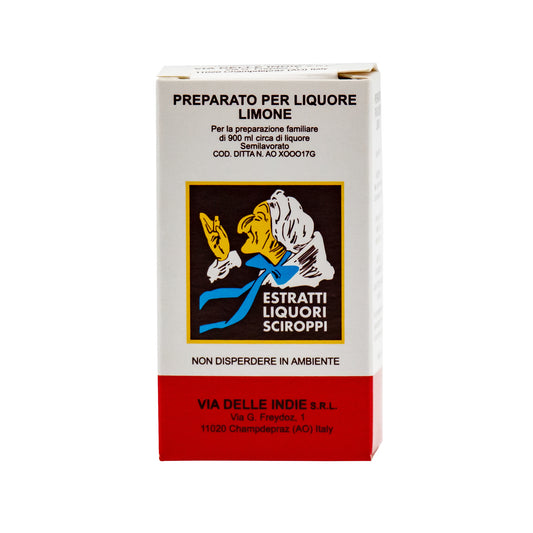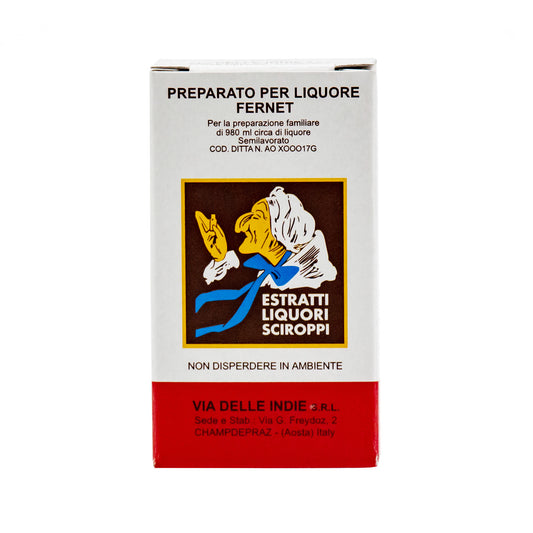Making Red Wine At Home:
(*when using the Home Make It winemaking kit - available at our stores or online)

1. Sterilise all equipment for day 1.
2. Crush and destem grapes. Place them into a food grade fermentation vat. Add packet A from the wine kit as per packet instructions. Then add packet B as per packet instructions. After step 2, plunge grapes 3-5 times per day.
3. Use a sample of juice to test the Baume (sugar) and PH levels. Home Make It recommends adding the required additives if the grape juice is below 12 Baume or above 14 Baume, and if the pH is below 3.2 or above 3.5.
4. On the second day, add Packet C and D as per packet instructions.
5. Within 24 hours of adding packet C and D, bubbles should appear through the skins. If bubbles aren’t evident, bring in a sample of juice for assessment. The skins will need to be plunged 3 to 5 times a day, until pressing time, to keep the skins moist.
6. Measure ferment temperatures regularly. If they exceed 35°C, add frozen bottles of water to the must to decrease the temperature. Remove once the temperature is below 32°C.
7. Measure the pH of the wine again after day 5 and adjust as necessary. From day 6 onwards measure the Baume of the wine. Once it reaches less than 3, Baume malolactic bacteria and nutrient can be added if required. Once the wine reaches 0 Baume, proceed to the next step.
8. Place skins and juice into a press and squeeze pulp. Do not over extract the skins as this makes the wine more bitter. The pressing should be about a quarter of the size of the press height once you finish. Juice from the pressing should be put into oak barrels, demis or stainless steel tanks. Make sure they stay full until bottling time. Test the pH of the wine. If it has exceeded 3.5, tartaric acid will need to be added. From this stage you should assess the wine for the oak and tannin additions.
9. Test the Baume and pH of the wine each month. The pH should be between 3.5 and 3.6 and the Baume should be -1. If the pH is too high, adjust using the required additives. If the Baume hasn’t reached -1 after the first month, stir the lees at the bottom of the container for 30 seconds and reseal. Repeat twice a week for two weeks. If the wine still isn’t at -1 Baume or the pH is not below 3.6, bring the wine in for assessment. Fermentation is complete once the wine no longer tastes sweet, a Baume of -1 has been reached and the airlock stops bubbling.
10. If the malolactic fermentation method was used in step 7, proceed to step 11. If it wasn’t, maintain the wine temperature at 20°C to 25°C using blankets or heaters. Malolactic fermentation can take anywhere from 6 weeks to over 6 months. After 2 to 3 months, initial tests can be conducted by tasting the wine and seeing how bitter it is. Once malolactic fermentation is complete the harsh and bitter taste should be replaced by a smooth slightly silky taste. If it is only slightly bitter, stir lees as per step 9, over a couple of weeks. This should push the fermentation to finish. If you are unsure, bring the wine for assessment. Once malolactic fermentation is complete, proceed to the next step.
11. Once fermentation is fully complete, the wine needs to be racked from the lees. Smell and taste the wine. If you get any vegetable, vinegar, sulfurous or other smells, bring in the wine for assessment. Time on good lees enhances characters in the wine, but the wine should be checked regularly. Once you have decided to rack the wine, prepare a new container for the wine. Siphon or pump the wine into new sanitised containers, making sure they are full when you finish. If not, place in smaller containers. This can be done down to 1L bottles if necessary. After this first racking, another racking can be done around 2 to 3 months later. From this stage, assess the wine for oak, tannin and pH additions. Every three months the wine spends in large containers, it should be dosed again with preservative. Once you are happy with the level of maturity of the wine, it can have finings added and can be racked or filtered. After this, the wine should be ready to bottle.
12. Before bottling, make sure the wine is below 3.7 pH and the Baume is -1. Also ensure the wine doesn’t fizz or produce smoke when left in a half filled plastic bottle for 30 minutes. If the wine tastes bitter, acidic, medicinal or vinegary, bring it in for assessment prior to bottling.




